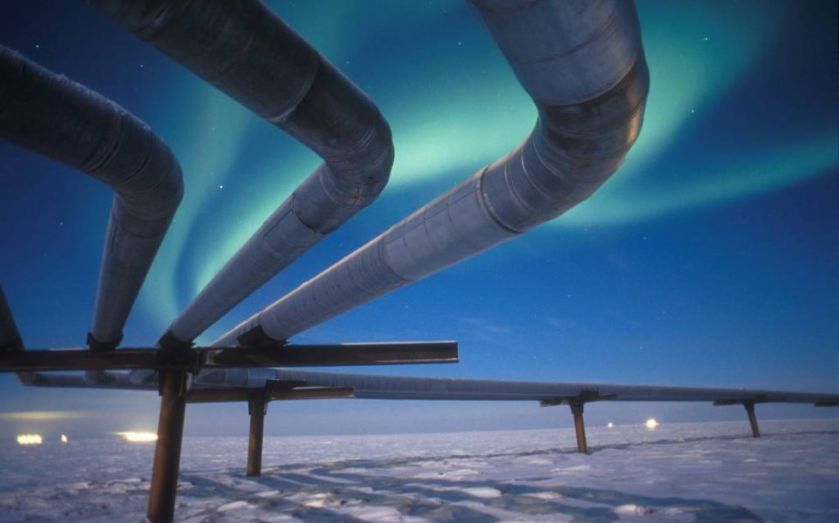Three reasons $10 oil is a very real possibility

After a couple of weeks of rises during which oil prices gained 35 per cent, today they fell back by $1 to $61 per barrel, as investors showed renewed concern about a glut in the global supply of oil.
Brent crude, the global benchmark, hit a six-year low of $45.19 in January – and the consensus among economists seems to be that the rises seen over the past couple of weeks are more of a blip than a long-term trend.
Just how low can oil prices go? Gary Shilling, a US consultant, has an interesting view over on Bloomberg, suggesting prices could drop as low as $10 per barrel before producers jack it all in.
Of course, quite how low prices can actually fall partly depends on which producer you're speaking to. While developing economies such as Venezuela have high costs, meaning anything under $125 per barrel is a bit of a stretch, many super-efficient producers in the US and the Persian Gulf could keep going, even if prices drop below $20 – for some, that figure's as low as $10.

Those prices are being pushed even lower by three major factors, suggests Shilling.
1. Energy-efficient technology
And that doesn't just mean there are fewer gas-guzzling Chelsea tractors out there (which is, admittedly, one influencer). A shift away from energy-intensive manufacturing in economies like China mean major consumers' use of oil is falling.
2. Oil production is still forecast to rise
Part of the reason prices ticked up in recent weeks is that the number of oil rigs in operation has fallen. Earlier this month data by oilfield services company Baker Hughes showed the number of rigs in the US had fallen to 1,683, the lowest figure since December 2011, suggesting supply could begin to fall in line with demand.
But despite the fall in rigs, production of US crude oil is still forecast to rise by 300,000 barrels a day, according to the US Energy Information Administration. That will peak in May, before declining steadily over the summer. So prices could keep falling until then.
3. Opec doesn't want to lose market share
Shilling points out that Saudi Arabia actually needs about $90 per barrel to fund its budget – but it has $726bn in foreign currency reserves "and is betting it can survive for two years with prices of less than $40 a barrel".
Opec (Saudi is the cartel's leading producer) has so far been unwilling to cut production, and you can see why: last time it did so, it lost market share to its rivals. So Opec is holding out for as long as possible before it cuts production.